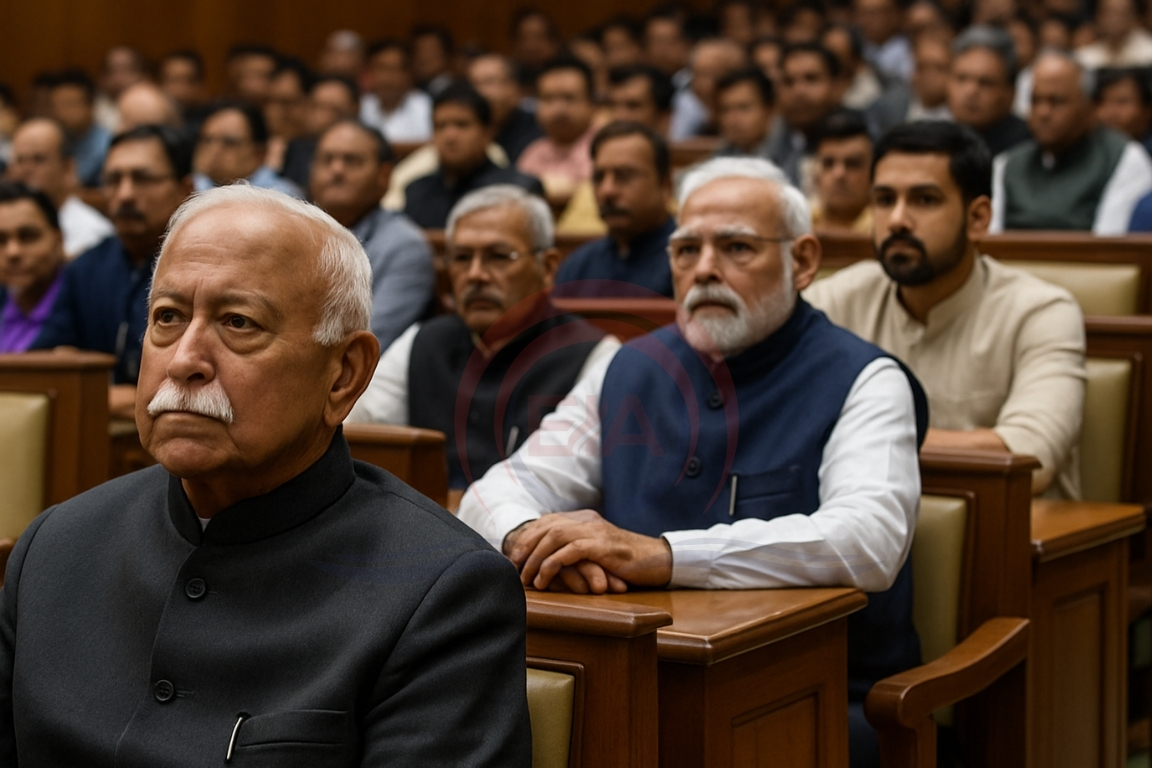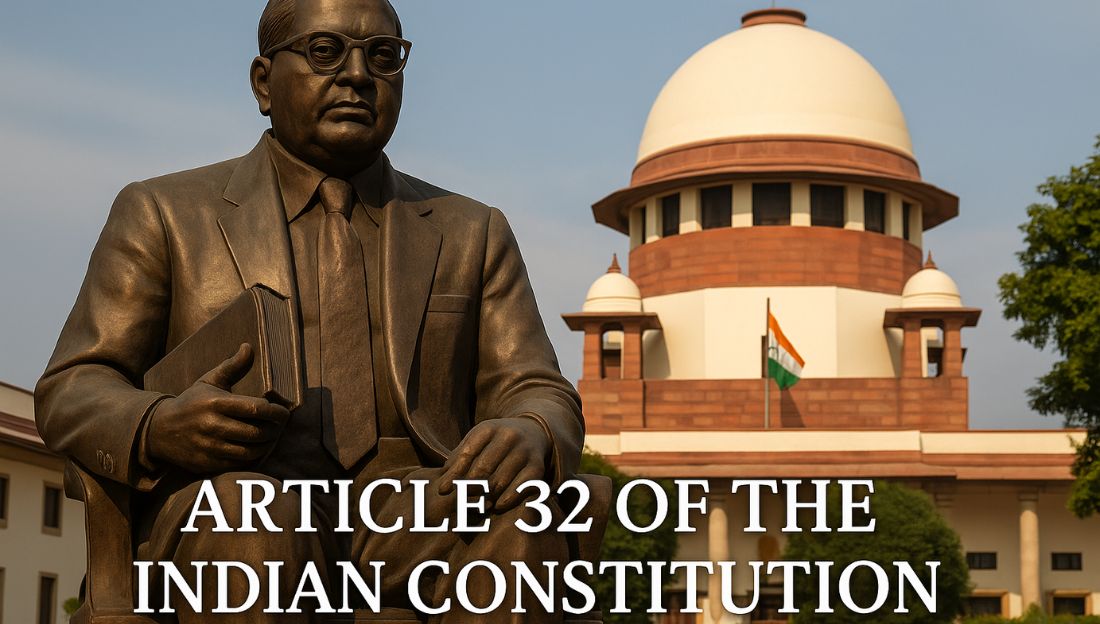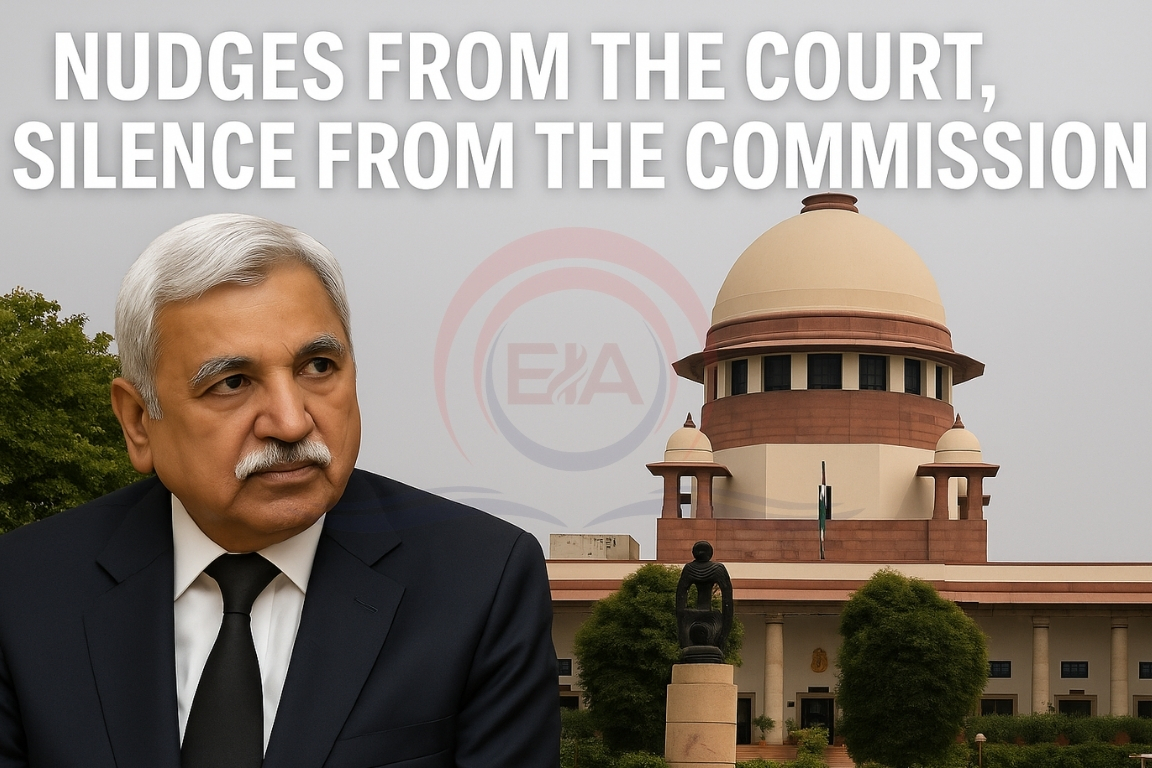The Central Government is preparing to start the constitutional removal process of Justice Yashwant Varma of the Allahabad High Court on charges of alleged misconduct.
This will activate the rare and rigorous judicial removal mechanism under the Constitution.
Legal Provision for Judge Removal
- Article 124(4) – For Supreme Court Judges
- Article 217 – For High Court Judges
- Judges can be removed for “proved misbehaviour or incapacity.”
Initiation of Motion
- A removal motion can begin in either Lok Sabha or Rajya Sabha.
- It must be supported by:
- 100 MPs in Lok Sabha, or
- 50 MPs in Rajya Sabha.

Admission by Presiding Officer
- The motion is submitted to the Speaker (Lok Sabha) or Chairperson (Rajya Sabha) for admission.
Formation of Inquiry Committee
- Under the Judges (Inquiry) Act, 1968, a 3-member panel is created:
- Chief Justice of India or a Supreme Court Judge
- Chief Justice of a High Court
- A distinguished jurist
Investigation & Report
- The committee investigates the allegations and submits its report within 3 months (can be extended).
- If allegations are not proved, the matter ends.
Voting in Parliament
- If charges are proven, both Houses of Parliament must pass the motion by a special majority:
- Majority of total members, and
- Two-thirds of members present and voting
Final Step – Presidential Order
- If passed, the motion goes to the President, who signs the removal order.
Conclusion:
The removal of a High Court judge is a serious and rare constitutional action requiring strong evidence and consensus. It is designed to ensure judicial accountability while preserving judicial independence.





